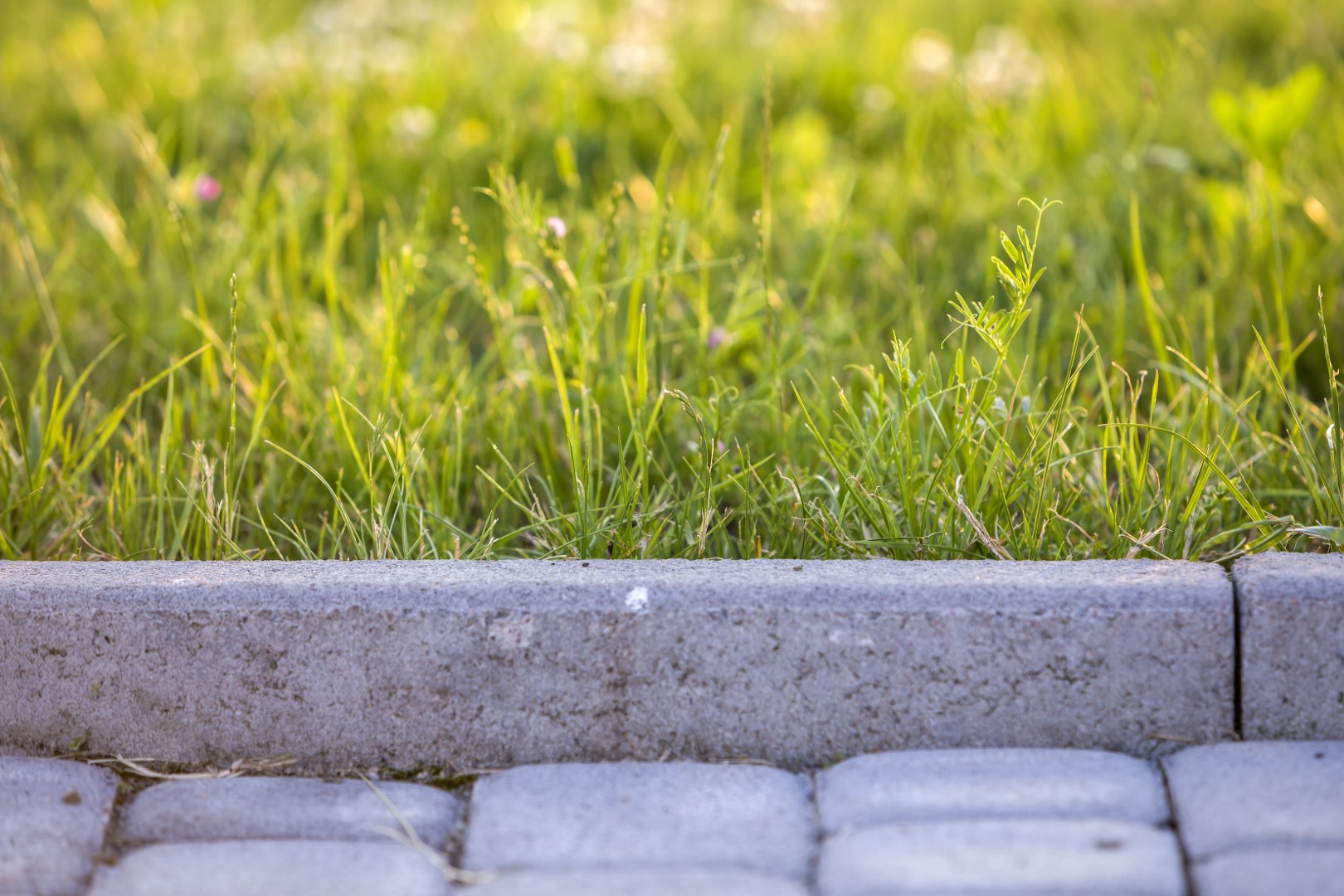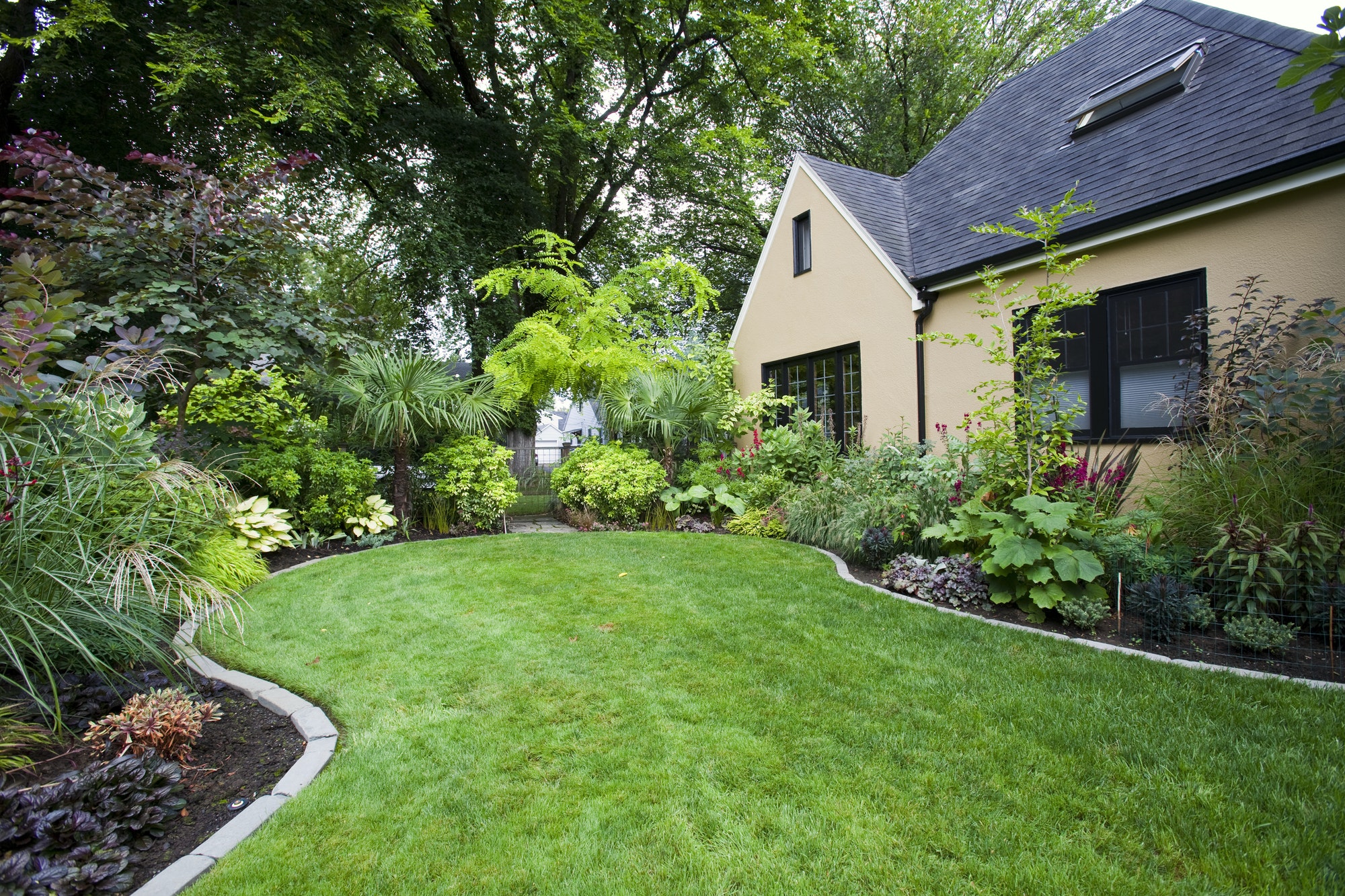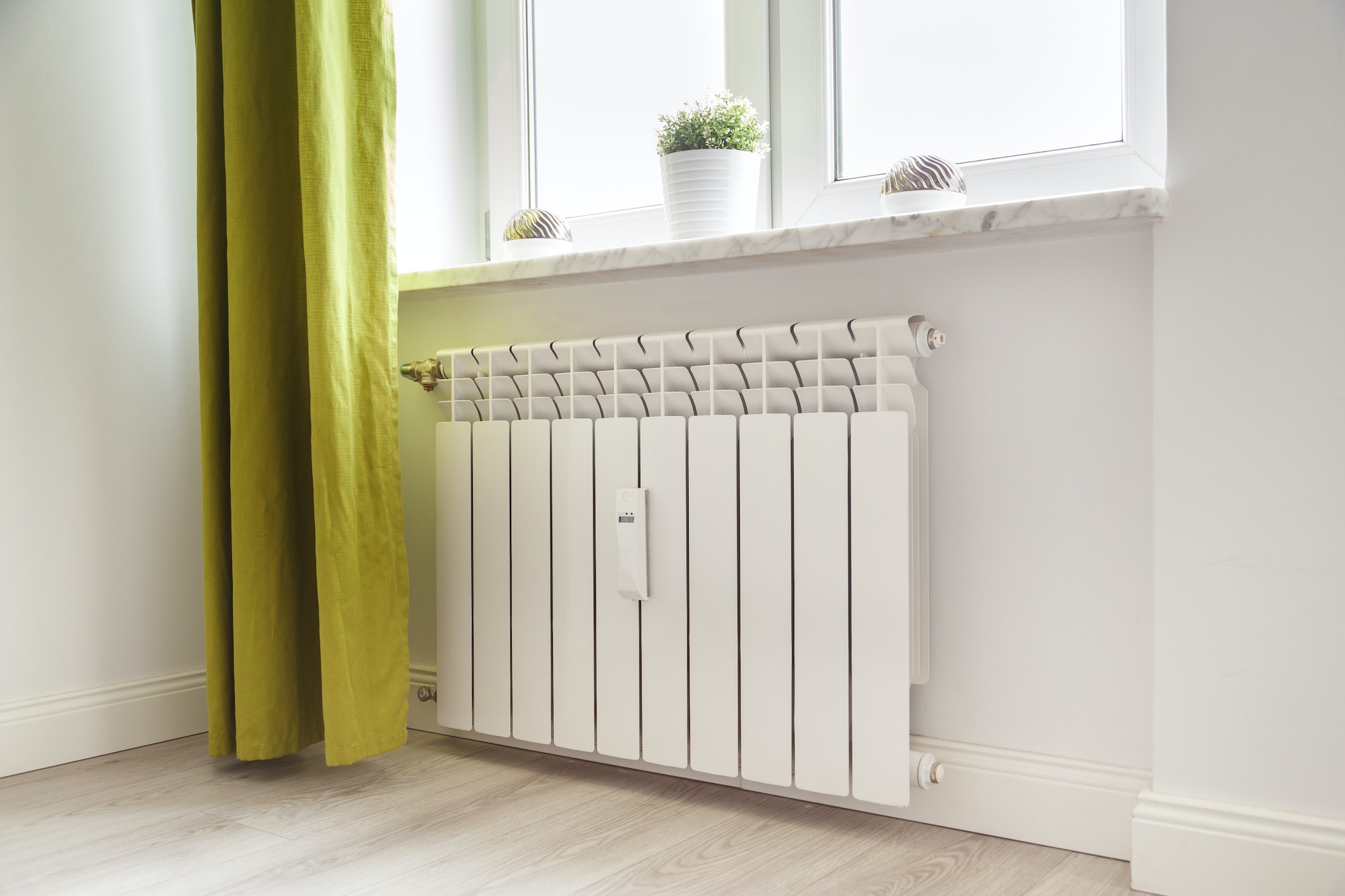When it comes to giving your lawn that sharp, finished look, edging is a must. But with metal, plastic, and stone options, it’s not always clear which to choose. We’re here to help. We’ve compared these materials, so you don’t have to. Whether you’re a seasoned gardener or just starting out, you’ll find this guide handy. Let’s dive into the world of grass edging materials and discover which one’s right for you.
Overview of Grass Edging Materials
You’re probably wondering about the differences between metal, plastic, and stone when it comes to choosing grass edging materials. Each of these materials has unique characteristics that can influence your choice. Metal edging, for example, is durable and long-lasting, ideal for those looking for a sturdy, robust solution. However, it can be more expensive and harder to install. Plastic, on the other hand, offers a cheaper, more flexible alternative. It is easy to install, but may not last as long. Stone provides a natural, aesthetically pleasing option. It is durable, but can be costly and requires more effort to install. Your choice should depend on your budget, the design of your landscape, and how much maintenance you are willing to undertake.
Deep Dive Into Metal Grass Edging
Diving deeper into the first option, you’ll find that metal grass edging is not only durable but also offers a sleek, modern aesthetic for your garden. This edging material, typically made of steel or aluminum, withstands weather extremes and heavy foot traffic. Its resistance to rust and corrosion makes it an ideal choice for long-term use. Moreover, it is highly flexible and can easily be shaped to fit any landscape design. The shiny, polished surface of metal edging adds a contemporary touch, enhancing the overall appeal of your outdoor space. However, installation can be a bit challenging and might require professional help. Also, it’s more expensive than its plastic counterparts. But for those seeking a blend of durability and style, metal grass edging is worth considering.
Exploration of Plastic Grass Edging
Shifting our focus to another option, we’ll find that plastic alternatives offer a cost-effective and user-friendly solution for delineating your garden spaces. Plastic edging is lightweight, making it easy to handle and install. Furthermore, it is resistant to adverse weather conditions, ensuring longevity and reduced maintenance.
Aesthetically, plastic grass edging offers versatility. It is available in various colors and styles, allowing homeowners to personalize their gardens according to their preferences. Despite its affordability, plastic edging does not compromise on functionality. It effectively prevents grass from spreading into flower beds, walkways, or other undesired areas. However, while plastic is durable, it may not be as robust as metal or stone. Therefore, it may require replacement more frequently, particularly in high-traffic areas. Nonetheless, its benefits make it a worthy contender in the realm of grass edging materials.
Understanding Stone Grass Edging
Switching gears, let’s take a closer look at the benefits and drawbacks of using rock-based borders in your garden. Stone edging, often made from rocks or bricks, adds a rustic, natural aesthetic to your garden’s landscape. It is known for its durability and permanence, withstanding a variety of weather conditions without fading or deteriorating. Naturally, it blends into the surroundings, creating a seamless transition between the garden and the border. However, stone edging can be more expensive than other options. Installation may require professional help due to its weight and the skill needed for proper placement. Also, if not installed correctly, stone borders can cause drainage issues, potentially harming your plants.
Comparative Analysis of Metal, Plastic, and Stone Edging
You’ve got a variety of border options to consider for your garden, each with their own pros and cons, from super durable but pricey rock-made ones to more affordable but less sturdy options made of different components. When comparing metal, plastic, and stone edging, you’ll find that metal is highly durable, though it can be prone to rust and is the most expensive. Plastic edging, on the other hand, is affordable and flexible, making it easy to install, but it can crack under harsh weather conditions. Stone edging offers a natural, robust look and is quite durable, but it’s heavy and more difficult to install. Each material has its strengths and weaknesses, so your choice will depend on your budget, aesthetic preference, and the specific needs of your garden.
Frequently Asked Questions
How Durable Are Each of These Grass Edging Materials Under Different Weather Conditions?
Under varying weather conditions, metal is highly durable and rust-resistant, plastic offers decent durability with flexibility, while stone provides unmatched longevity and strength, but may erode over time due to extreme elements.
What Is the Typical Cost of Installation for Each Type of Grass Edging Material?
Installation costs vary based on material. Metal tends to be pricier due to its durability. Plastic is more affordable but less resilient. Stone, while costly, offers a high-end look and excellent longevity.
How Do Metal, Plastic, and Stone Edging Materials Impact the Environment?
Metal edging materials may rust, affecting soil health. Plastic edging, while durable, can contribute to plastic pollution. Stone is natural and has minimal environmental impact, but its extraction may harm local ecosystems.
Can These Materials Be Used for Other Landscaping Purposes, Aside From Grass Edging?
Yes, these materials are versatile and can be used beyond edging. Metal can form trellises, plastic for water features, and stone for paths or patios, expanding their usage in various landscaping projects.
Are There Any Specific Maintenance or Cleaning Requirements for Each Type of Edging Material?
Yes, each material has unique maintenance needs. Metal requires regular rust checks, plastic needs cleaning to prevent discoloration, and stone might need repositioning due to soil erosion or displacement over time.
Conclusion
In conclusion, it’s clear that metal, plastic, and stone all have their perks for grass edging. Metal’s durable and sleek, while plastic’s flexible and affordable. Stone, on the other hand, offers a natural aesthetic. Your choice depends on your budget, design preference, and maintenance willingness. No matter the choice, a well-edged lawn always adds appeal to any home.
Discover more from Futurist Architecture
Subscribe to get the latest posts sent to your email.



